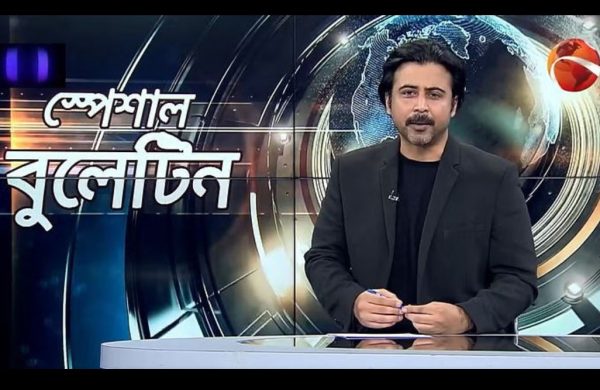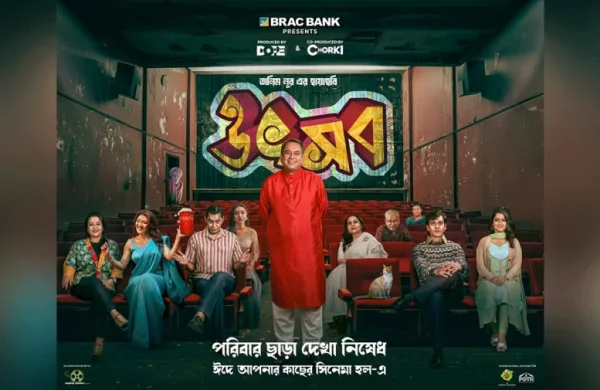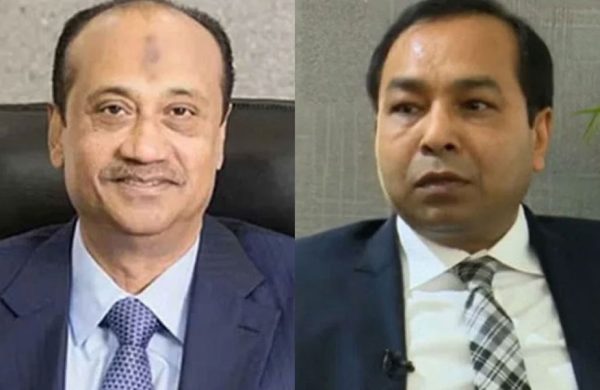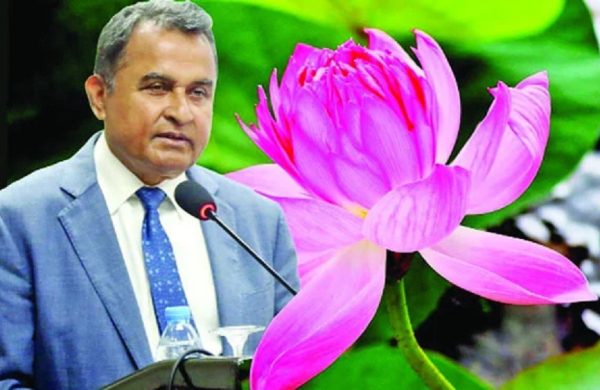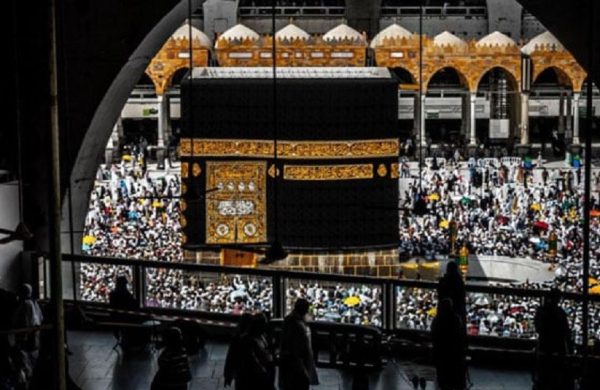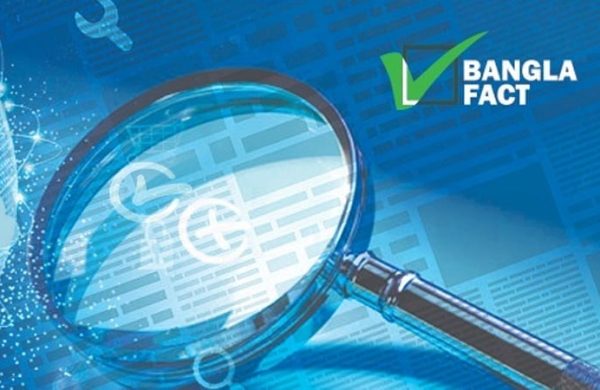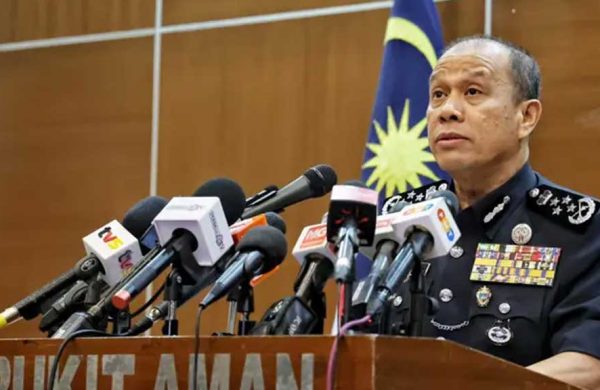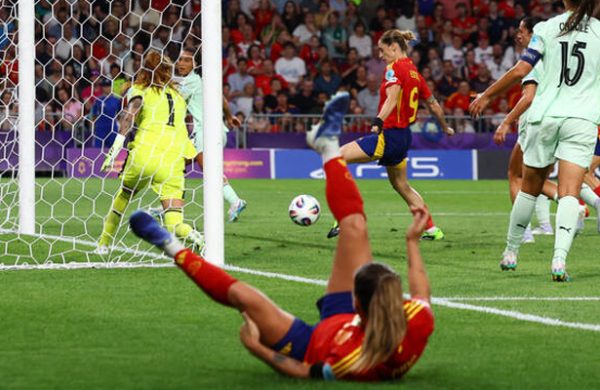Fresh currency notes ‘very costly’ outside ahead of Eid as banks withhold supply
- Update Time : Thursday, March 27, 2025
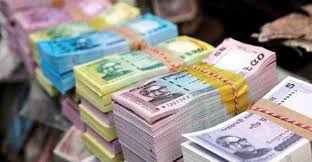
Staff Reporter:
The price of fresh currency has surged ahead of Eid-ul-Fitr as banks have halted distribution.
Buyers are now forced to pay a premium of up to Tk 480 for the equivalent of Tk 1,000 in fresh notes.
Banks are now facing “difficulties” in providing new notes as they are unable to transact with them without approval from Bangladesh Bank.
As per tradition, the central bank issues Tk 250 billion to Tk 300 billion in fresh notes during the two Eid festivals, with commercial banks also exchanging their stock of new notes.
This year, preparations followed the same pattern.
On Feb 16, Bangladesh Bank announced that 80 branches of commercial banks, alongside the central bank, would exchange new banknotes.
Banks subsequently stocked up to Tk 6.5 million in fresh notes in their vaults.
On Mar 10, a notification from the central bank declared that the exchange of new notes for the forthcoming Eid-ul-Fitr had been suspended.
It ordered banks to keep the fresh notes stored and continue all cash transactions using recirculated currency.
Bangladesh Bank did not specify a reason for the decision, but rumours suggest that objections over banknotes featuring Sheikh Mujibur Rahman’s image have led to the suspension of new currency circulation this Eid.
EXTRA TK 480 FOR TK 1,000 IN NEW NOTES
The central bank’s directive has led to new notes being held up in different banks’ vaults, while prices have risen in the open market.
New notes are bought and sold year-round in different areas of Dhaka, including Gulistan, Sadarghat, Mirpur, Farmgate, and Raishaheb Bazar, as well as near Bangladesh Bank.
In these areas, a bundle of 100 Tk 10 notes is now being sold for up to Tk 1,480, whereas last year it was available for between Tk 1,150 and Tk 1,180.
The demand for new notes of Tk 5, 10, 20, 50, and 100 increases during Eid, making these notes more expensive for sellers.
Pavel Rahman, a trader of new and defective notes in Motijheel “The bank is not giving money. Those who stored bundles of new notes last year are now selling them to us.”
Displaying his stock of new notes, he said: “They fix the rates. We sell on commission.”
Mohammad Taher from the same area said, “If I want a bundle of Tk 10 notes, I need to pay an additional Tk 500. After some bargaining, I get it for Tk 480.
“Last year, I was selling a bundle for Tk 150 to Tk 200 extra. Now the price is higher, and we feel bad about it. It seems business will go poorly this time.”
Due to the high prices, the sales of new notes have decreased. People are only buying them when necessary.
Md Mahmuduzzaman from Mugda came to buy Tk 10 notes in Motijheel. After bargaining to pay an extra Tk 250 per bundle, he could not buy them.
“I usually buy new notes worth Tk 10,000 to Tk 20,000 every year,” he said.
“Last year I bought Tk 20,000 worth for an extra Tk 3,000. This time, the price is much higher. I’ll have to use old notes for Eid this year.”
Like Mahmuduzzaman, many people are leaving after failing to strike a deal.
Some are taking 10 to 20 notes from a bundle, paying the additional cost.
Traders in Motijheel said they typically do not sell new notes by breaking up bundles, but this year, due to high prices, they have to do so.
This year, a bundle of Tk 20 notes (Tk 2,000) costs an additional Tk 500, while for a bundle of Tk 100 notes (Tk 10,000), an extra Tk 300 is being charged.
For a bundle of Tk 50 notes (Tk 5,000), customers are paying an additional Tk 400.
Though the central bank typically provides new notes to replace torn or damaged ones during Eid, this year, only old notes are being distributed.
On Thursday, Khonoker Ehsan came to Bangladesh Bank from Dhanmondi’s Green Road to exchange a faulty note of Tk 1,000.
“One part of the note’s number was torn. I came to exchange it, but the bank told me that since the 11th of March, they have not been issuing new notes. So, they gave me old notes.”
MANY BANKS FACING ‘DIFFICULTIES’
Despite having new notes, many banks are facing “difficulties” as they are unable to use them.
The manager of a Sonali Bank branch in Motijheel “We brought in new notes with Tk 6.5 million.
“If we had distributed this money, we would have received old notes instead, which could have been used for other tasks, allowing us to maintain banking services. This is what we have always done.”
He added, “This time the money is stuck, and it’s occupying space; the money is not serving any purpose.
“The bank is at a loss. The bank should utilise the money and conduct business.”
Bangladesh Bank, however, has stated that if any bank’s vault does not have enough space to store new notes, they will be taken out.
Its spokesperson Arif Hossain Khan on Tuesday, “Whenever a bank reports an issue, we will immediately collect the notes from them.”
Regarding other banks, he said: “Their new notes will remain in the banks; they will not be released into the market. They will be taken back in the transport of newly printed notes.”
Although it is illegal to charge any additional fees for exchanging Bangladesh’s authorised currency, the buying and selling of new notes in public areas, such as footpaths, continues year-round.
The task of printing Bangladesh’s currency is carried out by The Security Printing Corporation (Bangladesh) Limited, commonly known as Takshal.
Although it was established in 1976, it started printing notes in June 1988 with the one-taka note.
In November of that year, the 10-taka note was also printed.
Before printing each note, its design is approved by the government. To do this, tenders are invited for artists to create the designs.
Once the design is finalised, international tenders are called to create the paper, ink, and plates needed for printing.
After the plates are made abroad, the printing process is done at Takshal.
The most recent redesign, the 200-taka note, was introduced in 2020, with a new version of the portrait of Bangabandhu.
Since then, all newly printed notes have featured two types of his images.
The last notes printed without the image of Bangabandhu were in 2009, during the tenure of the then governor Salehuddin Ahmed, who is now the finance advisor to the interim government.
The red 500-taka and some 1,000-taka notes from that time are still in circulation.


